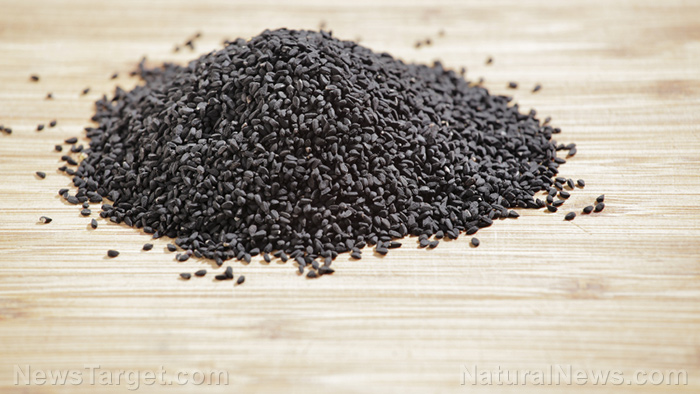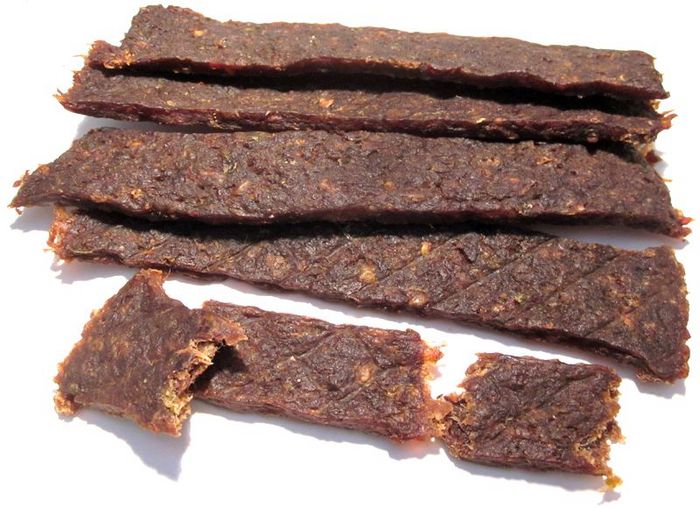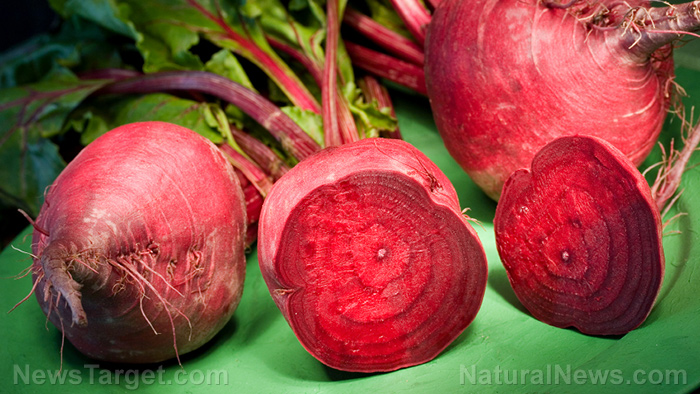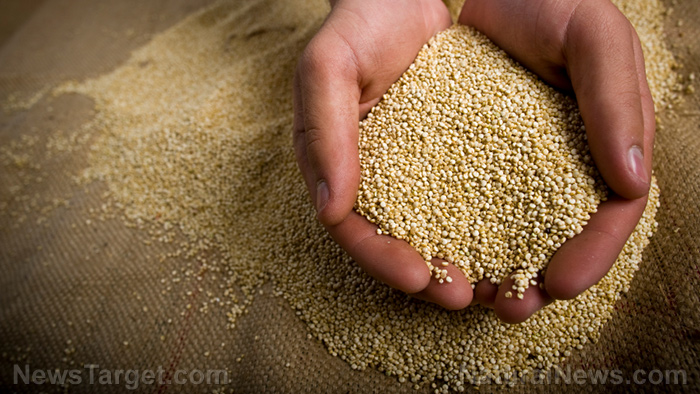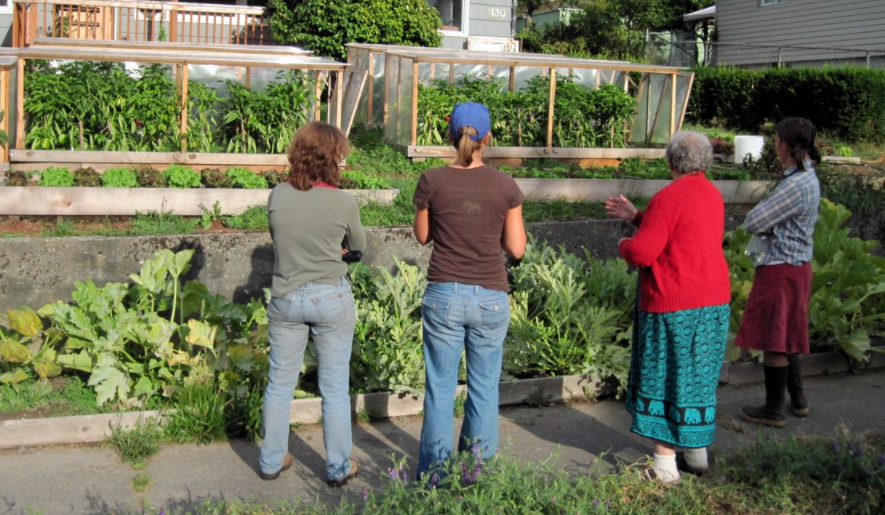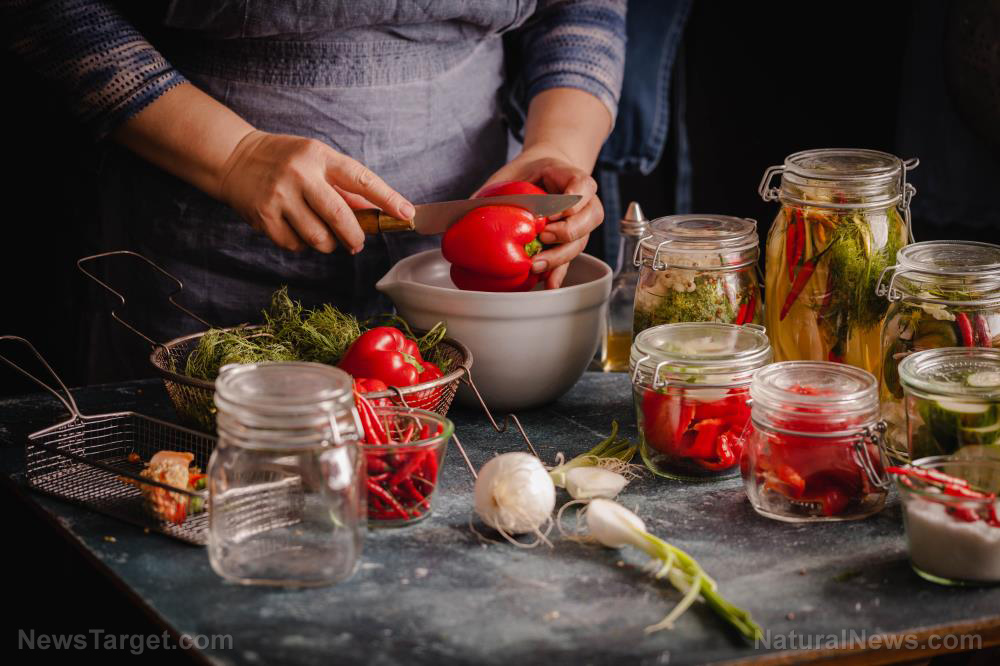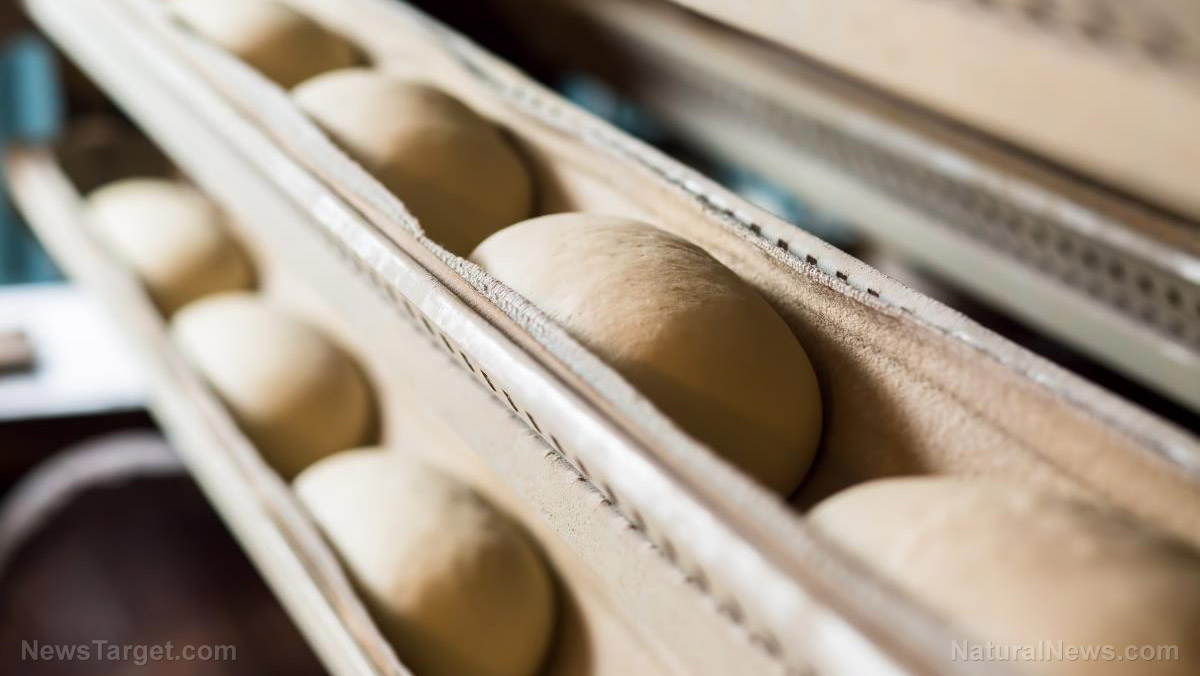Journey towards food self-sufficiency: How to maximize your home garden (and more)
10/25/2018 / By Tracey Watson

While the idea of growing fresh fruit and vegetables may appeal to many of us, honestly, it can seem a little daunting. Though you can probably visualize yourself heading out to your garden in the late afternoon to pick fresh tomatoes, beans and carrots for dinner, getting to that point may seem like more work than it’s worth. The rewards of having control over your food supply and knowing exactly what you’re putting on your family’s dinner plates is truly worthwhile, however, and it’s really not that complicated if you just have a step-by-step plan.
Mother Earth News recently published just such a plan, and here are the highlights.
The most important thing to realize, says Cindy Conner, is that producing your own food takes forethought and planning. Putting a little planning into the process and keeping good notes as you go along can mean the difference between self-reliance being a chore or a delight. (Related: Discover the incredible health benefits lurking in the fruits and veggies you plant in your garden at Fresh.news.)
Determine your needs
The first thing you will want to do is establish your goals. Are you buying most of your fresh organic produce from local farmers and just want to grow a few supplemental plants, or are you hoping to becoming totally self-reliant and be able to source all your fresh produce directly from your garden? This is important, because it will affect which seeds you need to get and in what quantities, which time of year they should be planted, and how much physical ground each crop will need.
Pay attention to what your family really enjoys eating and plan around that. As an example, it’s no good planting rows and rows of Brussel sprouts if nobody in the family can stand Brussel sprouts.
A good tip is to start small and build up. If you try to do too much, too quickly, you might become overwhelmed and just give up. Conner started out by just growing all the green beans her family needed for the year and all the ingredients for her special canned spaghetti sauce. The feeling of satisfaction she derived from this encouraged her to increase her efforts the following year. (Related: Improve on these four key aspects to prepare for ultimate self-reliance and personal freedom.)
Decide on your gardening method
Remember the old poem that says, “Mary, Mary, quite contrary, how does your garden grow?” Well, there are many different gardening methods out there, and how your garden grows will depend on which one you choose. From preparing the soil to using compost, companion planting to when and how to water, there are choices to be made up front.
There are excellent resources online, and you can choose to keep it very simple or get a lot more complicated. Good Housekeeping published an article that provides lovely, simple directions for getting an organic garden started. Alternatively, Conner recommends the book How to grow more vegetables (and fruits, nuts, berries, grains, and other crops) than you ever thought possible on less land than you can imagine. The book provides step-by-step instruction on how to employ biointensive gardening methods.
How much is enough?
The next step relates to the first. Once you’ve decided how much you need and of which plants, you need to determine the area needed. An article in The Spruce explains exactly how to work out the required size and layout for your veggie garden.
Keep track of your accomplishments (and failures)
As discussed, it’s important to keep records as you go along, especially in the beginning. Did you plant too many tomato plants? Were your carrot seeds too close together? Did you over/under water? Jotting down a few notes on a regular basis will save you loads of time in the long run.
Have fun!
Whichever method you choose, how little or how much you decide to do, and how successful you are (or how much you fail), just remember to have fun! Persevere until you succeed, and your garden will reward you abundantly.
Sources include:
Tagged Under: food freedom, food independence, food safety, food supply, gardening, green living, home garden, homesteading, how to, organic gardening, prepper, prepping, self-reliance, sustainable living


